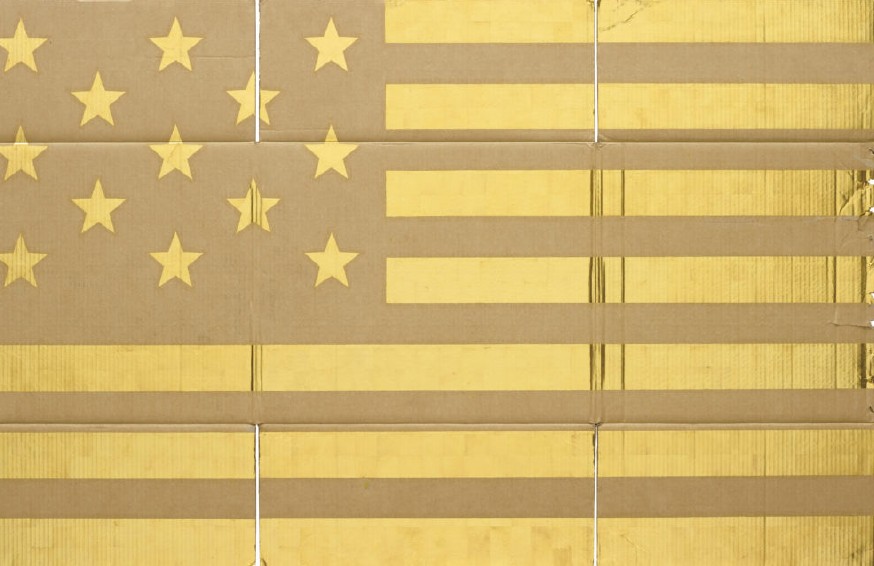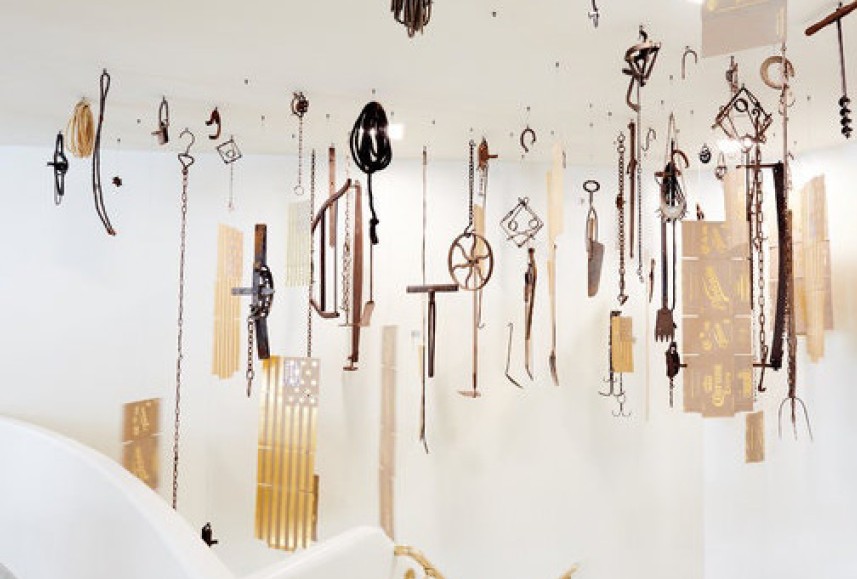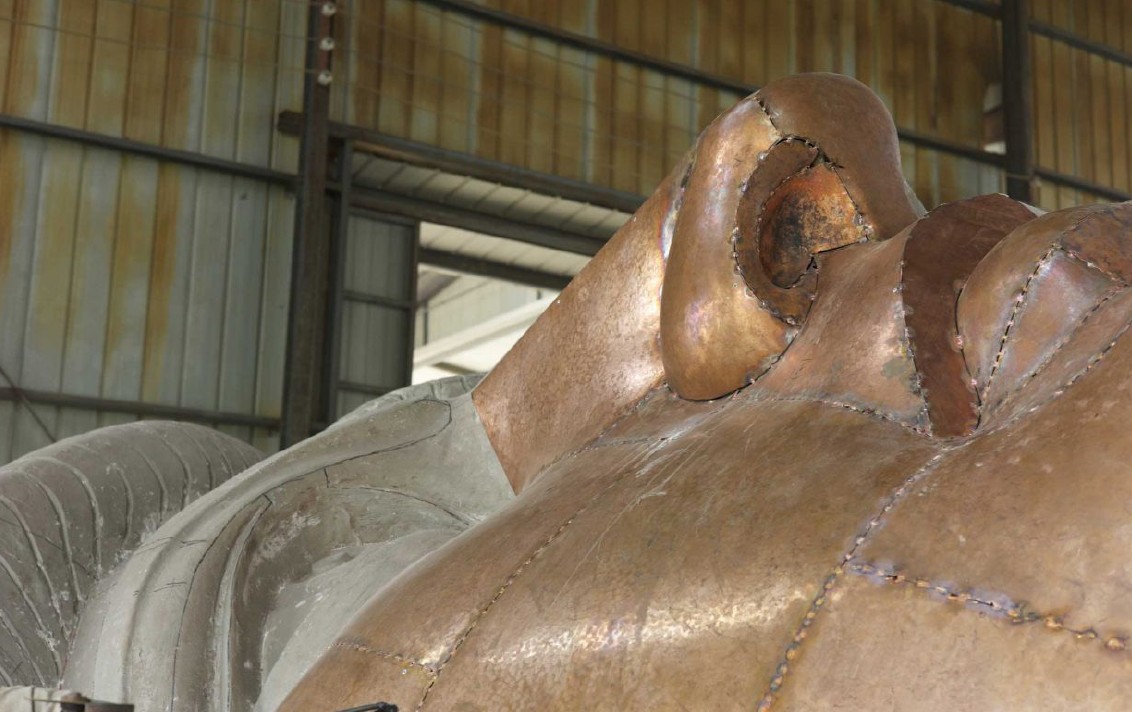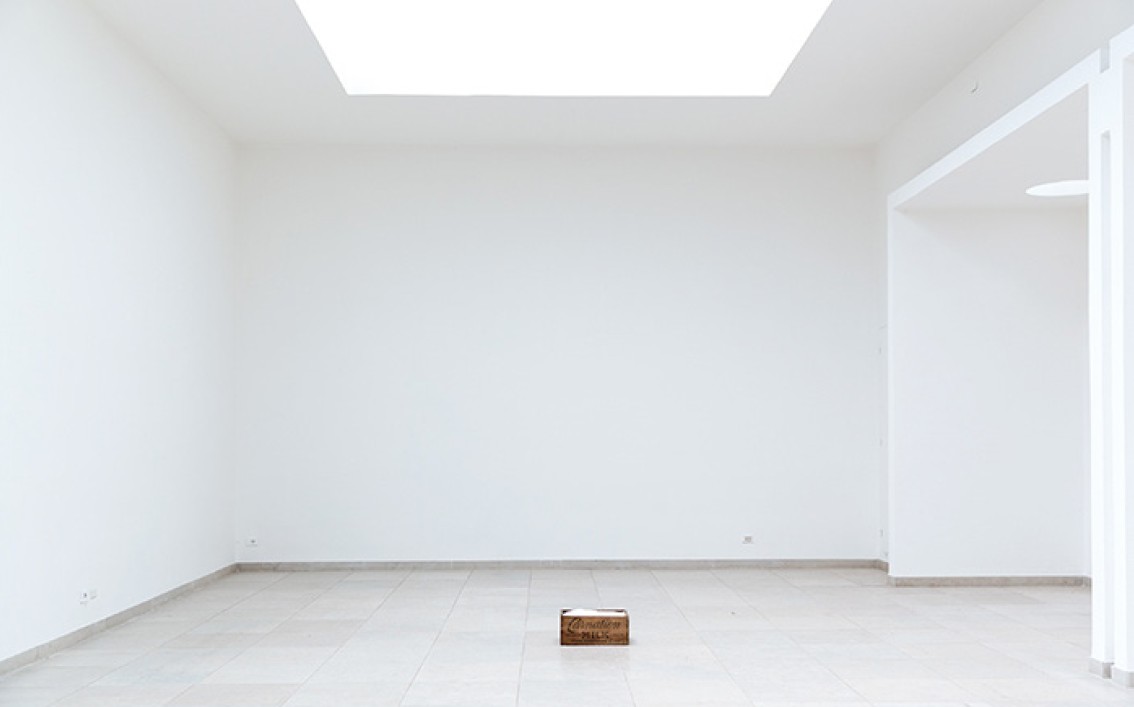WITNESS: Afro Perspectives from the Jorge M. Pérez Collection
An exhibition addressing themes of systematic oppression, intergenerational trauma, syncretism, identity and territory
El Espacio 23 presents its second exhibition since its opening, Witness: Afro Perspectives from the Jorge M. Pérez Collection. Guest curated by Zimbabwean curator Tandazani Dhlakama, Assistant Curator at Zeitz MOCAA, in collaboration with Pérez Collection curators Patricia M. Hanna and Anelys Alvarez, the exhibition includes over 100 works by African and African Diaspora artists. Addressing themes of systematic oppression, intergenerational trauma, syncretism, identity and territory, Witness: Afro Perspectives invites visitors to be present in the current moment and bear witness to challenges carried from one generation to another. SOUTH SOUTH interviewed Dhlakama and the El Espacio 23 team to find out more about the exhibition.
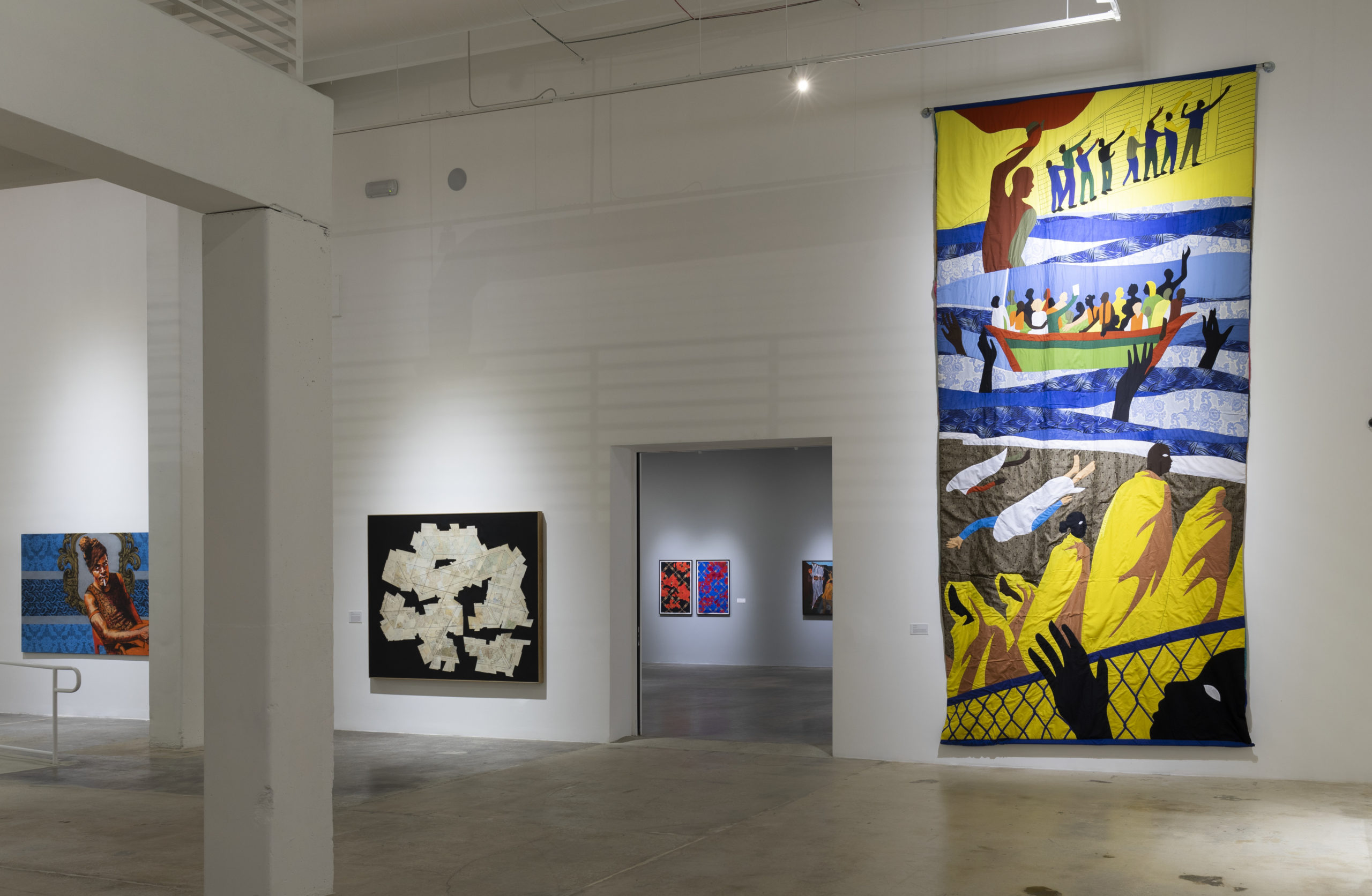
Image courtesy of El Espacio 23. Photo Oriol Tarridas

Image courtesy of El Espacio 23. Photo Oriol Tarridas
SOUTH SOUTH (SS): Could you please share a bit about your own practice and overview of your journey within the art world?
Tandazani Dhlakama (TD): I was born and raised in the beautiful country of Zimbabwe, however, I am currently based in neighboring South Africa. I am part of the curatorial team at Zeitz MOCAA which is situated in Cape Town and have worked there since December 2017. Before joining Zeitz MOCAA, I worked at the National Gallery of Zimbabwe (NGZ) in Harare where I held various roles between 2011 and 2017. My last role, before I relocated, was of Curator of Education and Public Programming. During my time at the NGZ, I had the opportunity to be involved in several wonderful projects including the 2 nd International Conference on African Cultures (ICAC 2017) and various exhibitions. Recently I had the privilege of curating Witness: Afro Perspectives from the Jorge M. Pérez Collection at El Espacio 23 (2020).
I am a graduate of a small liberal arts school called St. Lawrence University (2011) in Upstate New York. I did my Masters in Art Gallery and Museum Studies at the University of Leeds (2015). In addition to this, I have garnered a great deal from curatorial intensives and training programmes such as the New Ideas, New Possibilities Curatorial Forum and Workshop in Bulawayo (2013) and the ICI Curatorial Intensive at RAW Material Company, Dakar (2016).
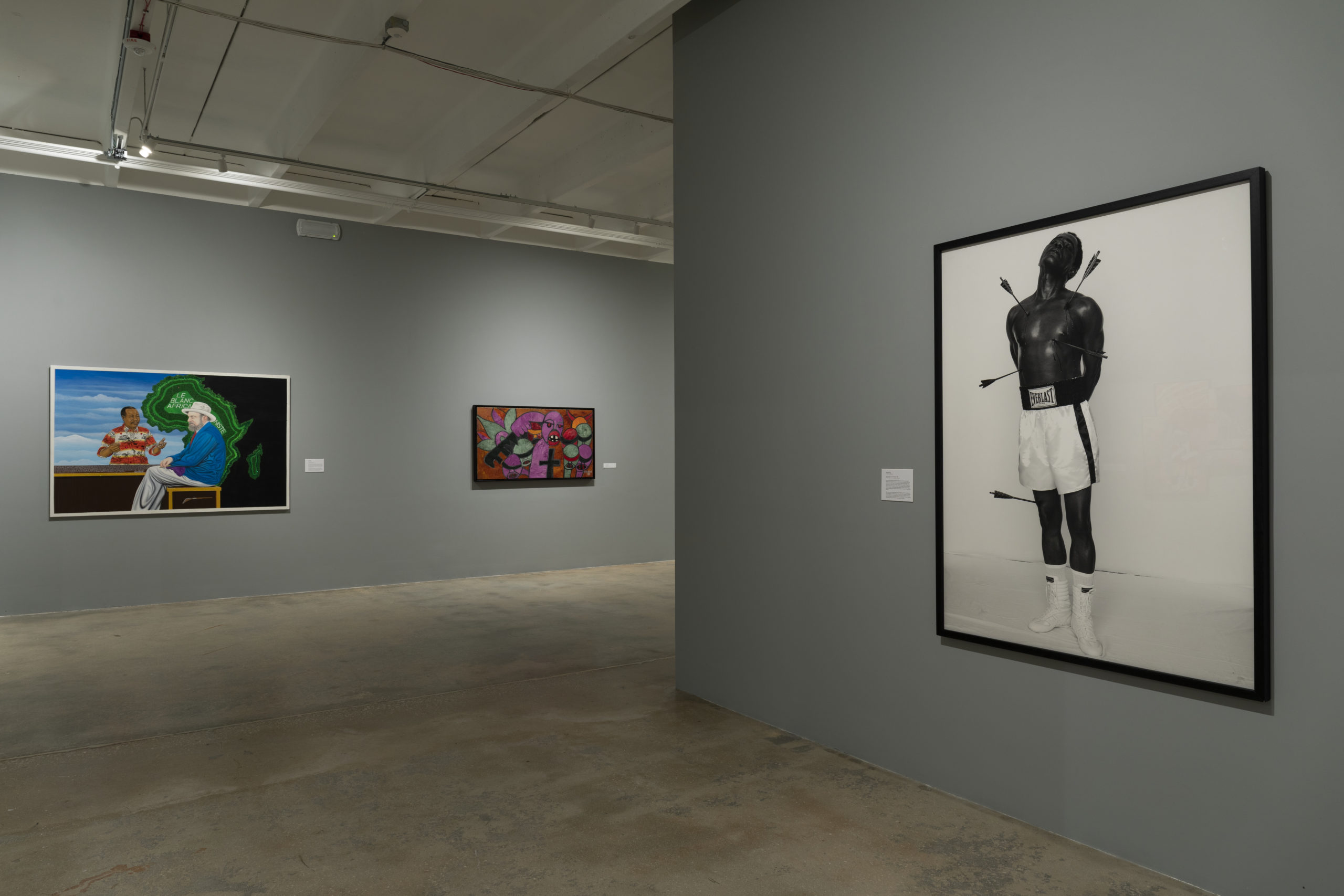
Image courtesy of El Espacio 23. Photo Oriol Tarridas
SS: Could you please share more about the process of working across regions to produce this show?
TD: Because of lockdown restrictions, in both the USA and South Africa, I could not travel to Miami before the show opened. As a result, I missed the magical moments of seeing the physical works being unwrapped and installed. That to me is always the best part of the development of an exhibition. This was substituted by multiple video calls during installation week. However, working with floor plans and digital renderings is something that I had become accustomed to even before the pandemic, so this was not a major hinderance. Of course, it is always better to be physically present for installation.
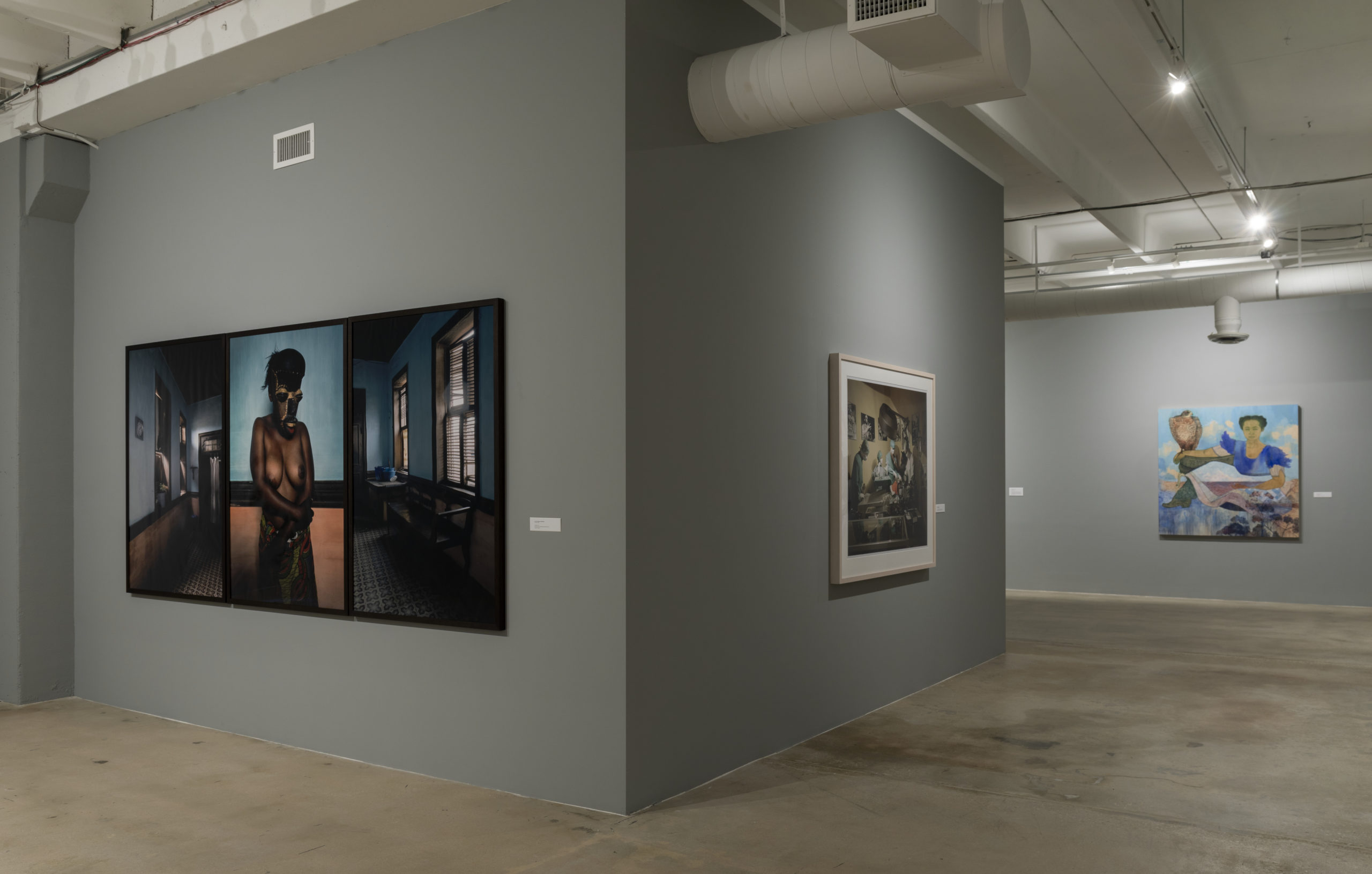
Image courtesy of El Espacio 23. Photo Oriol Tarridas
SS: The show addresses themes of systematic oppression, intergenerational trauma, syncretism, identity, and territory. Could you please share more on the importance of exploring these thematic threads in the show?
TD: These thematic concerns of oppression, trauma, syncretism, identity, and land speak to our present time. Recently the world was brought to a halt because of the global pandemic. Suddenly, an involuntary stillness caused us to give attention to pre-existing inequalities that had been largely underrepresented. It brought to the fore, various forms of systemic violence while the gap between the well off and the marginalized widened. Many were restricted to the home, a space where inequality is epitomized. It became apparent that the ability to self-isolate or seek medical care is in itself a privilege, and so social injustices became more pronounced while the demands for change grew louder and more urgent. At the same time, institutions, communities, and individuals wrestled with existential questions around purpose, belonging, equality, labor, and privilege. People were asking, what does community mean in a time of isolation? What is solidarity during a time of crisis? What does productivity look like right now? Whose labor is essential, and which bodies matter? The artists in the show, in many ways speak to these very concerns that underpin the continued efforts to decolonize.
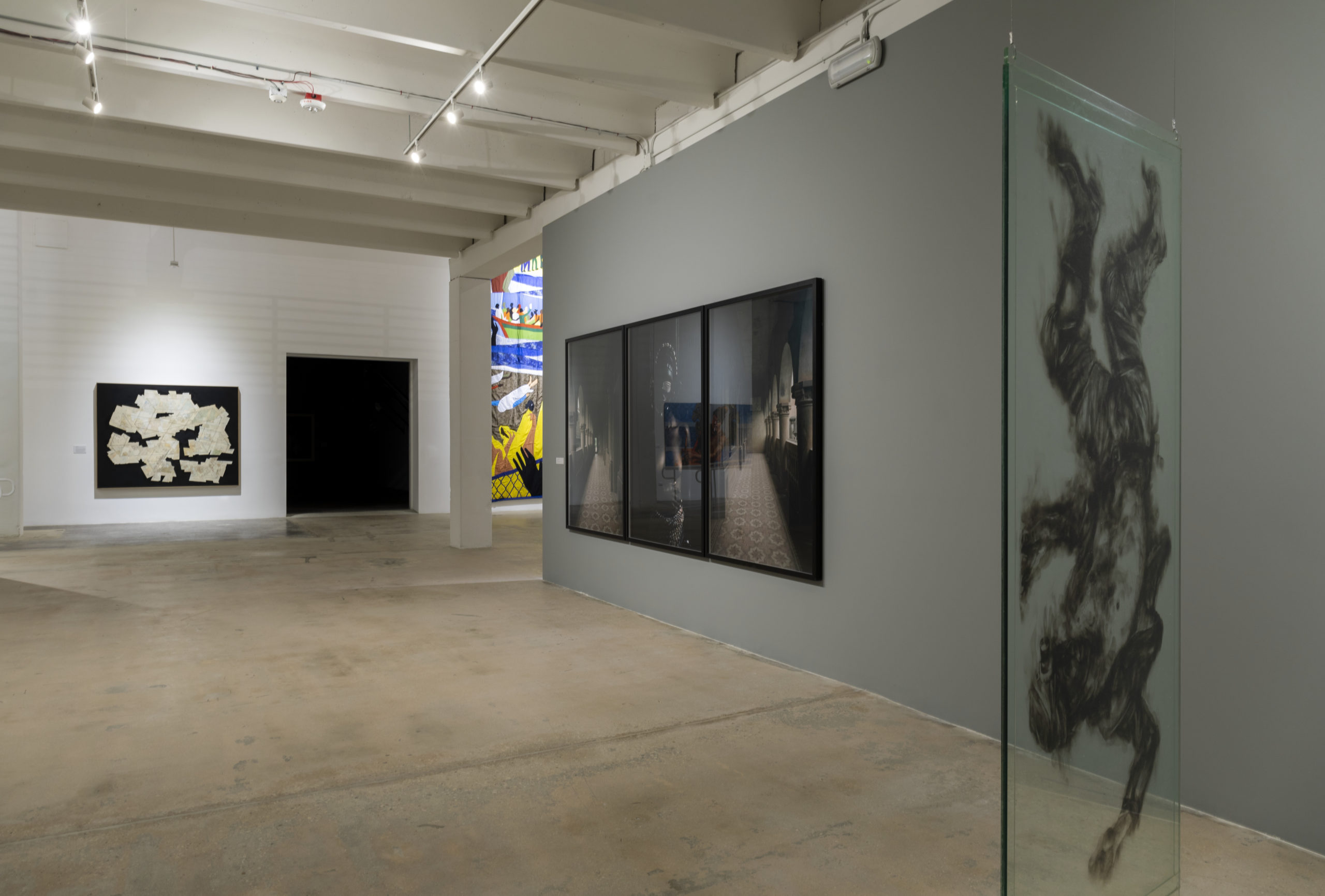
Image courtesy of El Espacio 23. Photo Oriol Tarridas
These thematic concerns
of oppression, trauma,
syncretism, identity, and
land speak to our present time.
SS: Are there any works that become anchor points or entryways for engaging with these themes?
TD: The show has almost one hundred artworks, each section can be read as a chapter. Though each chapter has one or two points that draw you in, every single work is an essential element in this story. When you walk through the two levels and multiple rooms, it may feel like a bit of a labyrinth. Hence, there are several works that also direct how you move and feel in the space. For example, Christopher Meyers’ Nation of Refugees (2017) is hard to miss because of its monumental scale. You see it from afar and once you are close to it, you
immediately have important historical context and are drawn into the next chapter of the show.
There is a wall that calls for a very close reading. It includes the smaller, more delicate works of J.D. ‘Okhai Ojeikere, George Pemba, Malick Sidibé, Alf Kumalo, Seydou Keïta, and Rotimi Fani-Kayode, all of whom explore ideas around self-determination, reassertion, and repositioning. The title of this section, ‘Let Our Voices Ring,’ takes its cue from a poem by Nigerian writer Efe Paul Azino.
The anchor points are not only determined by scale. Sound from works such as Tracey Rose’s The Black Paintings: Dead White Man (2012) and William Kentridge’s KABOOM (2018) in some ways set the tone for the sections that they are in. Both works contribute towards a feeling of trepidation.
In another section, Sue Williamson’s That Particular Morning (2019) forces you to slow down and sit in on a very difficult conversation between a black South African mother (Doreen Mgoduka) and her son (Siya Ndawela Mgoduka) as they reckon with the brutal murder of Doreen’s husband during Apartheid. This conversation mirrors the same themes that are explored by artists such as Senzeni Marasela, Moshekwa Langa, Maxwell Alexandre, Yinka Shonibare and others.

Image courtesy of El Espacio 23. Photo Oriol Tarridas
The show has almost
one hundred artworks,
each section can be read
as a chapter. Though each chapter has one or two points that draw you in, every single work is an essential element in this story.
SS: Where did the title for the show come from?
TD: When I started looking into artworks by artists of African heritage in the Perez Collection, I noted several common threads. Whether by ancestry, citizenship, philosophy, or in solidarity, what these artists had in common was their ability to bear witness to past events which inform our present and have the potential to shape our future.
I was also looking at the collection at a time where I, like so many others, was witnessing different forms of physical and psychological violence against black bodies, not only in my own local context, but in my home country, and around the world.
Because of the pandemic, initially I witnessed this violence from the isolation and confinement of my apartment which happened to be located in one of the most racially charged cities in Southern Africa. I was processing a lot! The restrictions made me become a lot more self-aware, and I had lots of time to listen and think. I was very cognizant of the complex and contradictory vantage points from which myself and others also observed or engaged with various events that took place around the world. As a result, I knew I had to title the show, Witness.
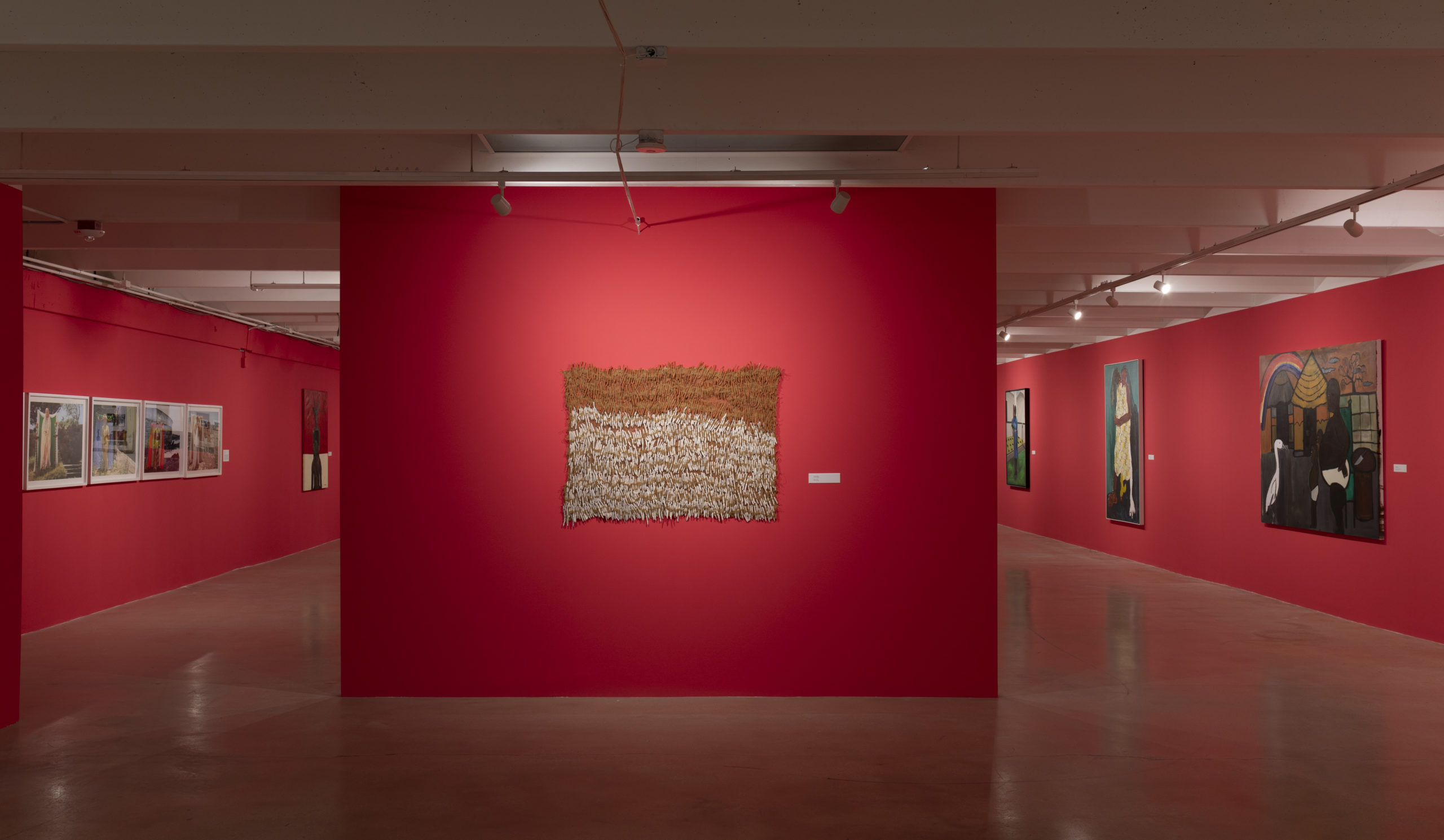
Image courtesy of El Espacio 23. Photo Oriol Tarridas
SS: How would you situate this show within larger discourses around connecting African and African Diaspora art practices?
TD: For centuries music, literature, dance, spirituality, and ritual have always been carried back and forth across oceans. Longstanding connections have always existed through forced and voluntary migration. However, sometimes people forget this and so there are eras or moments where the arts help to re-affirm this unbreakable linkage. This is why, for me the term Africa is all encompassing. We cannot limit it to a geopolitical landmass.
Recently, this connection has become much more apparent because of the deep seeded racial politics suffered by those of African heritage across the world. Whether on the physical continent of Africa or beyond, we need to continue interrogating the social, cultural, and political systems that we are embedded in, particularly those that mimic and reference age-old discriminatory infrastructure. Witnessing thus requires excavating layers of history and tracing migratory routes, or lineages. It calls for us to sift through personal and collective archives in order to unlearn, decolonize and rectify inequalities. Witnessing asks for an acknowledgement of both the joyous and painful narratives in which we are all entangled.
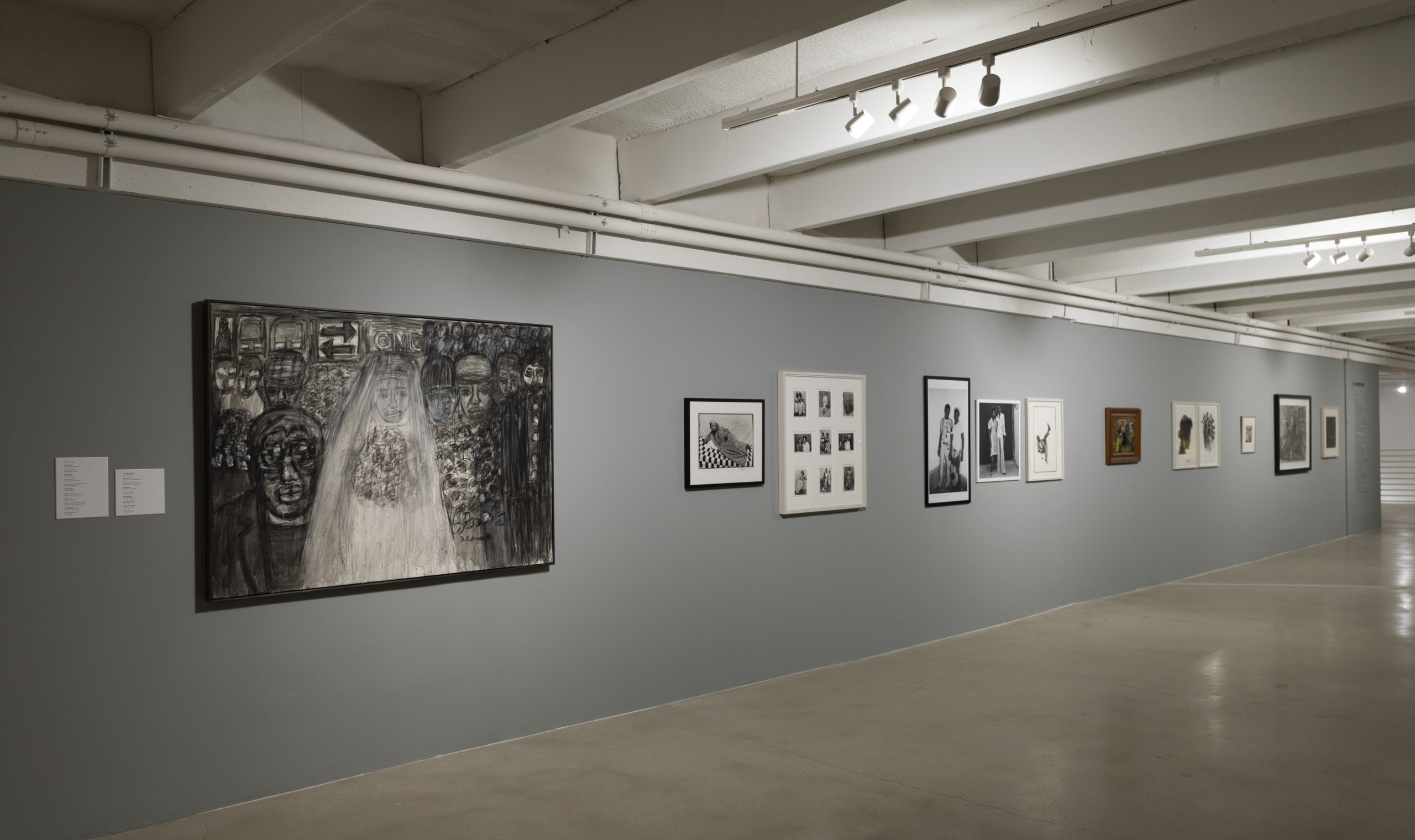
Image courtesy of El Espacio 23. Photo Oriol Tarridas
For centuries music,
literature, dance, spirituality,
and ritual have always
been carried back and
forth across oceans.
SS: How do the works on show fit within the larger Jorge M. Pérez Collection?
TD: The Jorge M. Pérez Collection was born with a concentration in Latin American Art. Born in Argentina to Cuban parent and raised in Colombia, Jorge Pérez settled in the United States at the end of the 1960s and started collecting as a way of staying connected to his roots. In 2012, Mr. Pérez donated his entire collection to the Pérez Art Museum Miami (PAMM). Since that donation, the collection has shifted and is much more contemporary and international in scope. The collection still maintains our commitment to artists from the United States and Latin America, but now focus more on collecting pieces by artists from around the globe. Some of the current areas of concentration include works by American Abstract Expressionists, Cuban artists, Latin American and Latino artists in the United States as well
as African and African diaspora art. Our interest in art from Latin America and the United Stated has guided us to learn more about artists from the African continent; it has been extremely meaningful to bridge the cultural similarities in African and African diaspora art.
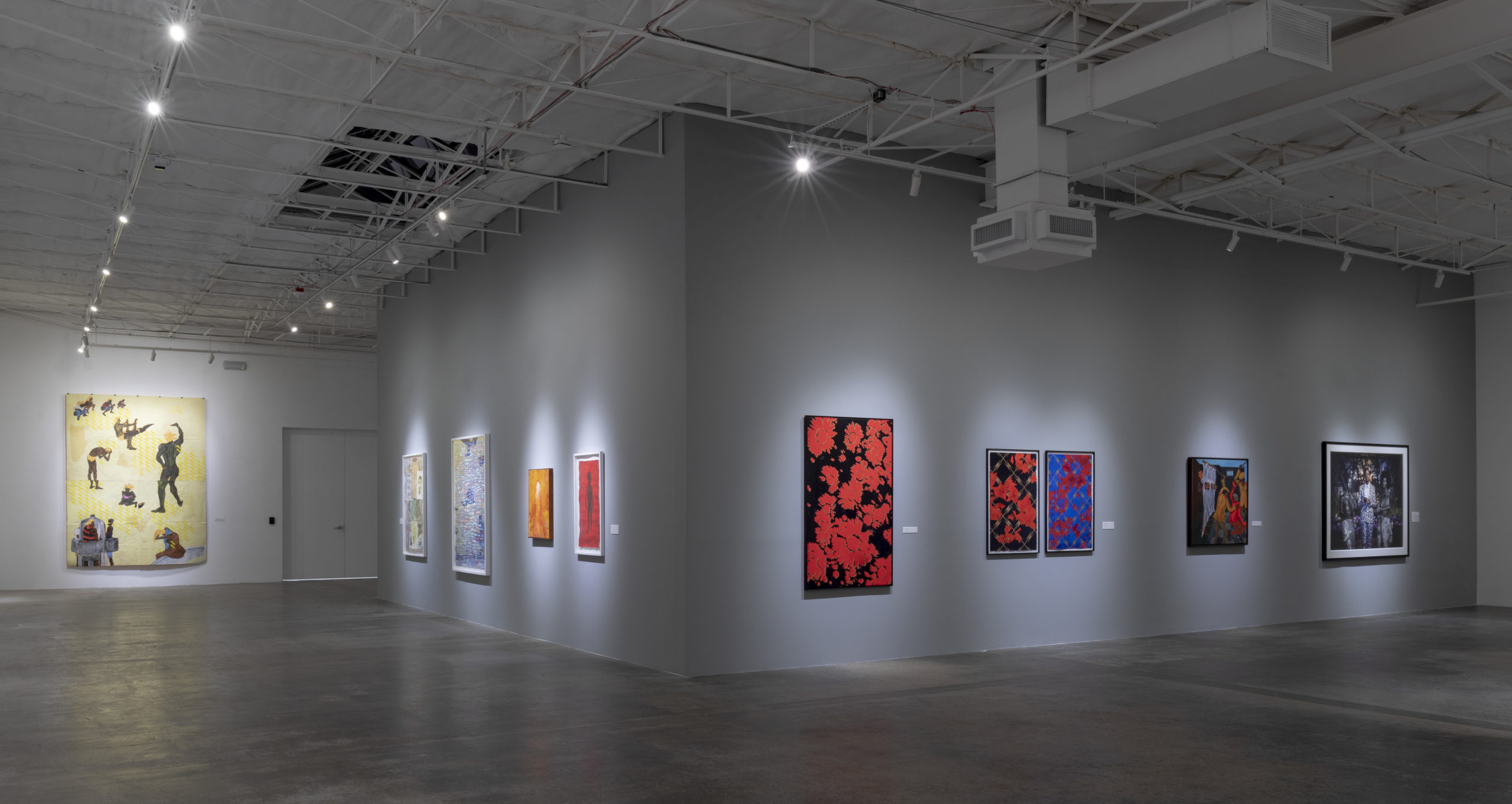
Image courtesy of El Espacio 23. Photo Oriol Tarridas
SS: How does this show fit into the vision for El Espacio 23?
TD: Since its opening in 2019 El Espacio our vision has been to serves artists, curators and the general public with regular exhibitions, residencies and a variety of special projects drawn from the Pérez Collection. Our inaugural exhibition, Time for Change: Art and Social Unrest in the Jorge M. Pérez Collection explored the idea or art and artist as agents for social change, and the impact of art in contemporary societies. Featuring other works from the
collection and responding to a different structure and vision, Witness… connects with that interest, with our strong belief in the importance of art to convey—point out, question, envision alternatives— perhaps like no other medium, the particularities of our time.
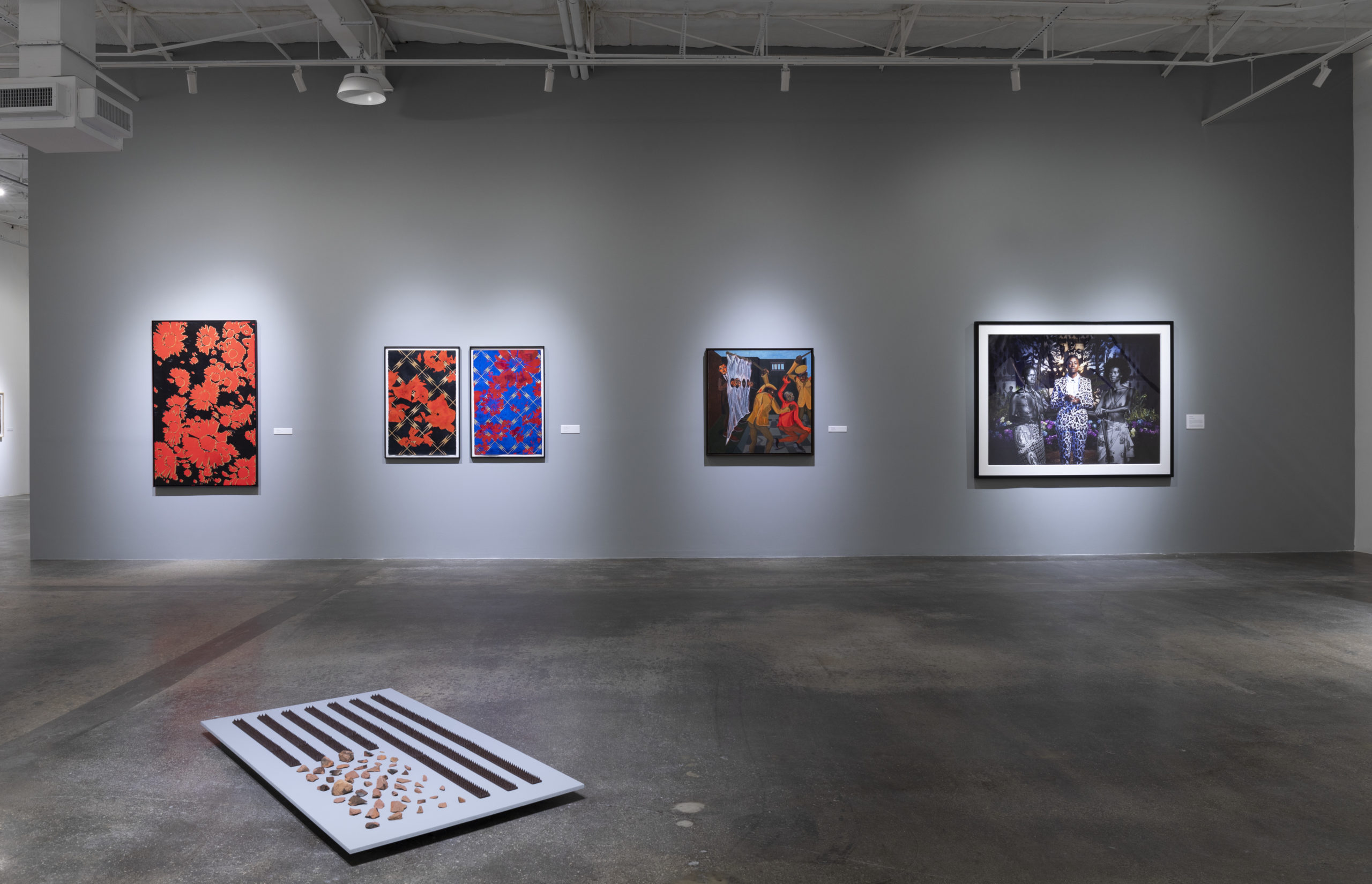
Image courtesy of El Espacio 23. Photo Oriol Tarridas
SS: Are there any other points of significance you would like to share with our readers?
TD: One interesting thing about the Jorge M. Pérez Collection and El Espacio 23 is the artist residency program that runs in correlation with the exhibitions. El Espacio 23 houses three apartments and a shared workspace for artists and curators across various stages in their career. For Witness we invited multimedia artist Masimba Hwati from Harare, Zimbabwe who produced a piece for the exhibition as a nod to the history of ‘Deep City Records’, the first black owned record label in Miami.
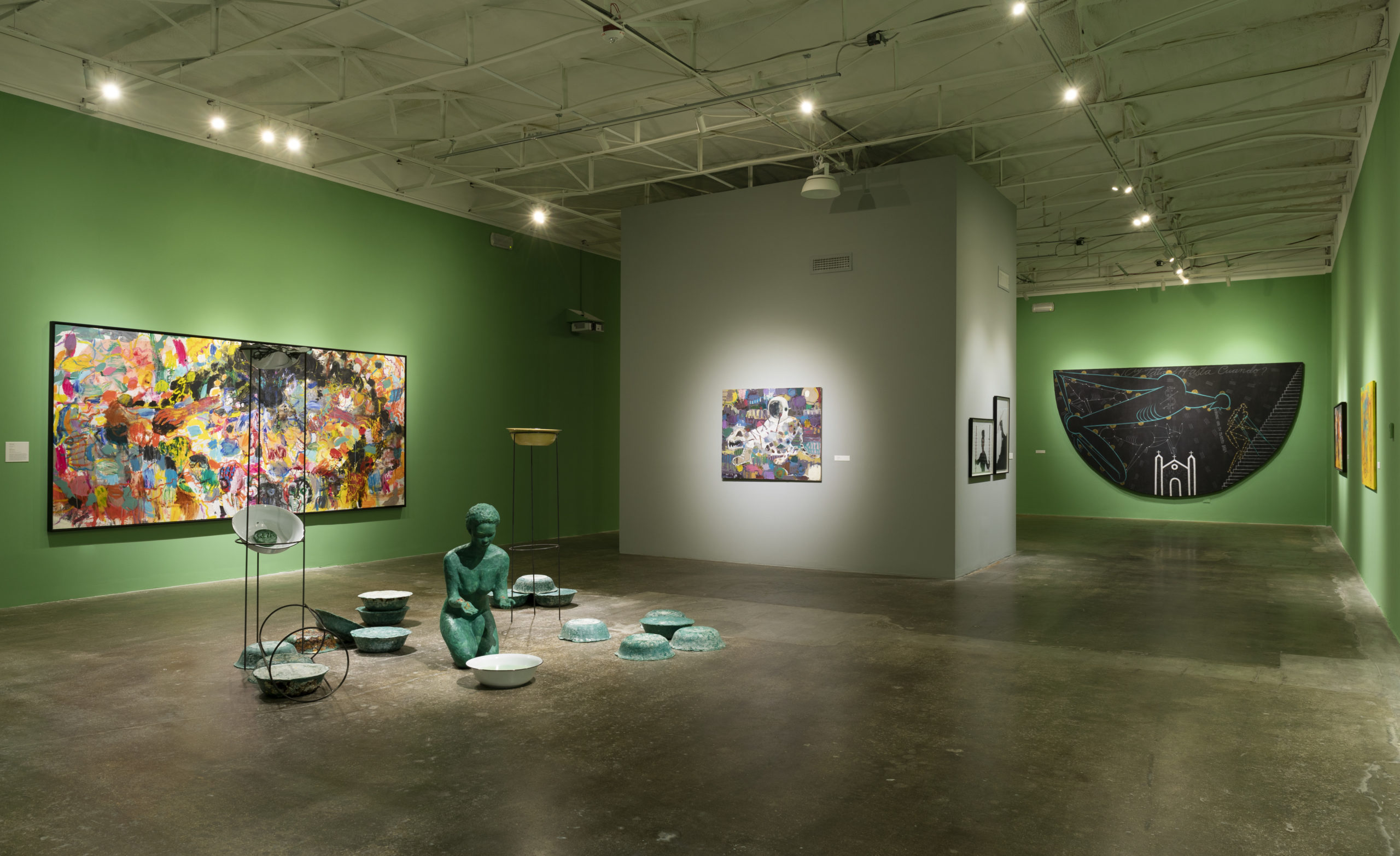
Image courtesy of El Espacio 23. Photo Oriol Tarridas
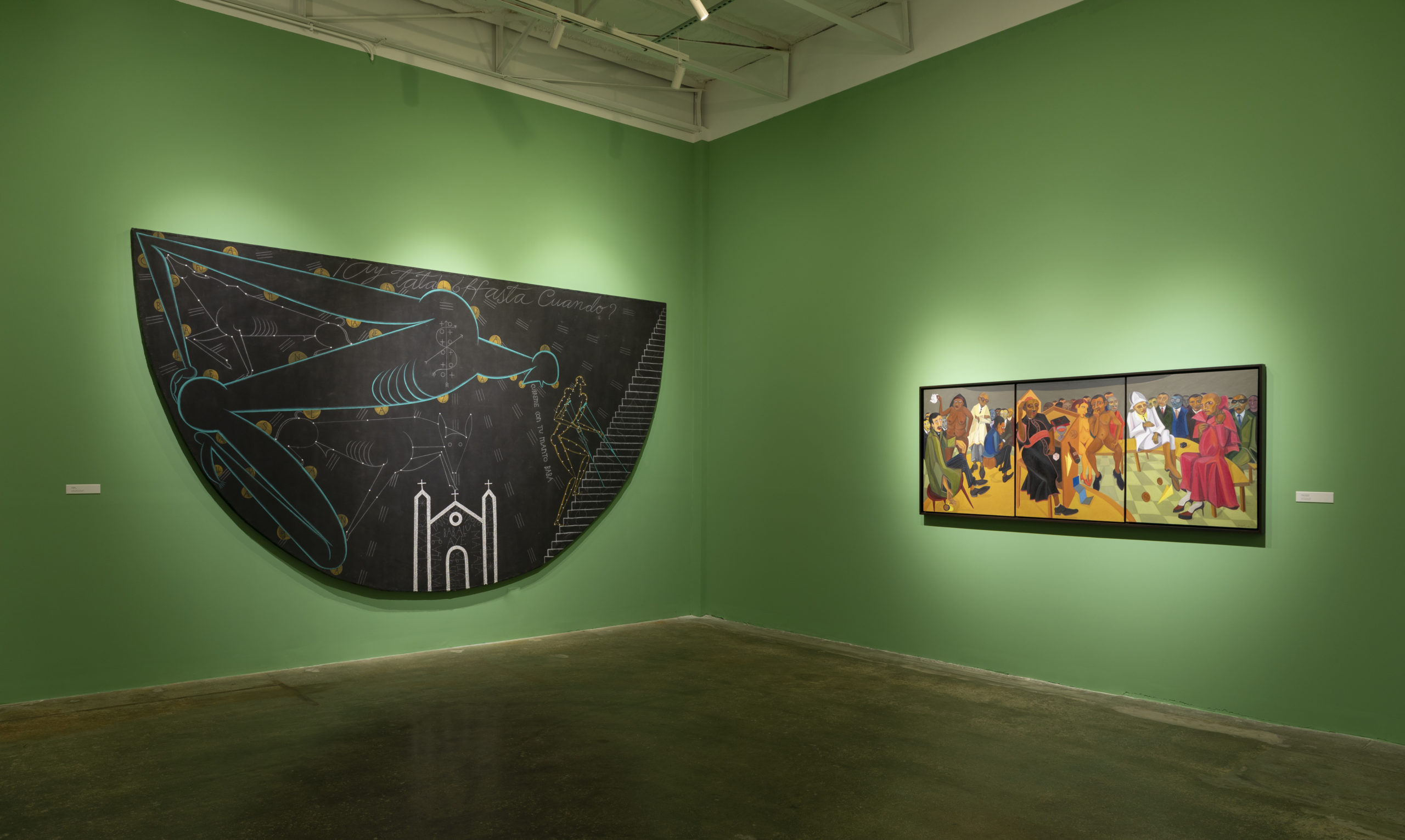
Image courtesy of El Espacio 23. Photo Oriol Tarridas
CREDITS
All images courtesy of El Espacio 23. Photo Oriol Tarridas

